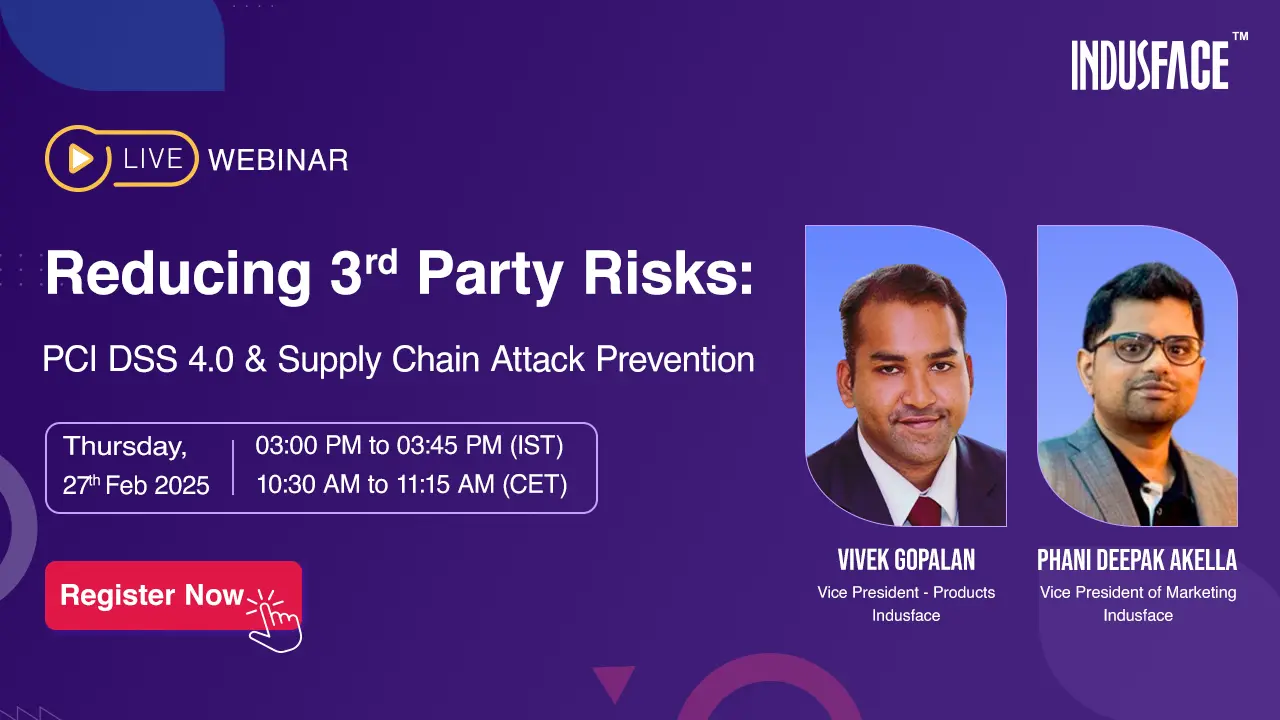Cloud migration is the process of moving applications into the public and private cloud infrastructure to achieve cloud’s agility, resiliency and scalability drive business growth.
Migrating to the cloud infrastructure provides the ability for the business to change the IT infrastructure as per their requirements.
The cloud model is composed of three service models (SaaS, PaaS, IaaS) and four deployment model Public Cloud, Private Cloud, Community Cloud and Hybrid Cloud.
Software as a Service (SaaS)
It is a one-stop shop that provides everything you need to run an application. In this model, the application will be a vendor by the provider and they make it available to the customers over the internet.
The SaaS provides usual components of an on-premises application, including an application layer, data storage, and access via API calls.
With SaaS cloud provider vendor responsible for a number of security concerns, but customers should ensure the security of their application data and the endpoints that are used to access cloud services.
Platform as a Service (PaaS)
Providing the platform online, vendors offer servers, networks, and other system components and the customers can’t see the underlying infrastructure.
This is suitable for the developers who need the application platform, with this model vendor is responsible only for the physical infrastructure and the customer should take care of the implementations.
Infrastructure as a Service (IaaS)
With the IaaS service model computer, network, and storage resources are outsourced to support for enterprise operations. The abstracted resources are then “orchestrated” by a set of connectivity and delivery tools.
The IaaS is simply a data center in the cloud and the vendor responsibility is for physical security and data vulnerability. The cloud user is responsible for everything built in the infrastructure.
Cloud Deployment models
Public Cloud – Public Cloud migration Owned by cloud service provider and made available to the public via virtual machines (VMs), applications or storage.
Private Cloud – private Cloud migration owned and managed by a single organization.
Community Cloud – Infrastructure Cloud migration shared by a group of organizations and the deployment can be managed by the community or by a third party.
Hybrid Cloud – It is the mix of the public cloud and a private cloud environment, it integrates products and services to meet business needs.

Cloud Migration & Security Process Model
The key part is to identify the Cloud security requirements define the architecture, and determine the control gaps based on the existing security features of the cloud platform.
- Identify enterprise governance, risk, and compliance requirements, and legacy mitigation controls.
- Evaluate and select a cloud provider, a service model, and a deployment model.
- Select your cloud provider, service, and deployment models.
- Define the architecture of your deployment.
- Assess the security controls and identify control gaps.
- Design and implement controls to fill the gaps.
- Develop and implement a migration strategy.
- Modify your implementation as necessary.
Cloud vendors provide tools to secure the infrastructure only, and they provide tools to defend against application based attacks such as OWASP Top 10 risks or automated attack and to analyze the network traffic.
It is expected by 2020 most of the applications move to cloud infrastructure, so there be a greater chance of exposing vulnerabilities, so it is essential to have a higher level of security in Cloud.



